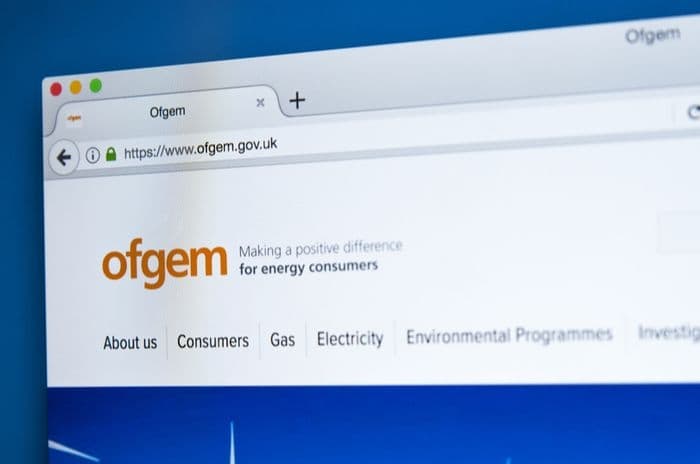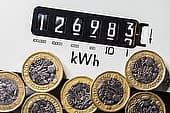Home > Energy > News > Ofgem helps 1 million vulnerable households save on energy
Ofgem helps 1 million vulnerable households save on energy
Last week Ofgem extended its safeguard tariff to 1 million more vulnerable households, meaning 5 million households now benefit from the scheme.

Ofgem initially introduced the safeguard tariff in April 2017 to protect the most vulnerable energy customers who have a prepayment meter (as opposed to a credit meter) from paying over the odds for their gas and electricity.
The extension of the scheme is for prepayment customers in receipt of the Government's Warm Home Discount who are also on poor value standard variable tariffs.
Dermot Nolan, CEO of Ofgem, has highlighted the need for the Government and Ofgem to protect vulnerable customers "on poor value default deals, such as standard variable tariffs" and to "protect those who do not switch, while making it easier for those who do to get a better deal".
Ofgem claims that the tariff will help these vulnerable households make annualised savings of around £115. That's because energy companies have to make sure that their prices meet or fall below the level of the safeguard tariff cap for these customers.
Poorest customers on the worst deals
Details in Ofgem's latest State of the Market report, which is published annually, show that the poorest energy customers tend to have prepayment meters and are therefore the most likely to pay over the odds for their energy.
This is in part because customers on prepayment meters find it difficult to switch to credit meters, which are linked to the cheapest tariffs. That's because energy companies often create barriers for prepayment customers to switch to a credit meter, such as insisting on a credit check or a security deposit.
Ofgem found that half of consumers in the lowest income bracket have prepayment meters, whereas the vast majority of those with a high-income are on credit meters and pay their bills by direct debit.
They also found that while customers who switch suppliers are likely to benefit from the variety of good value tariffs that are available, those who don't switch are likely to pay more because they are placed on default standard variable tariffs.
The issue is compounded by the fact that it's the very poorest customers who are the least savvy and the least likely to switch.
Ofgem found that 40% of households who live on just £16,000 per year have never switched supplier, and that nearly half of unemployed and low-skilled customers have also never switched.
Barriers to accessing cheap energy tariffs are an ongoing concern for the Competition and Markets Authority (CMA) and it initiated the safeguard tariff last year to help tackle the issue, with Ofgem acting as administrator.
In addition, just this week Ofgem and the CMA announced further help for all prepayment customers from April of this year.
How does the safeguard tariff work?
Ofgem states that the safeguard tariff "stops suppliers from charging customers too much and ensures any price increase is justified by rises in underlying costs".
Working with the CMA, Ofgem is able to set a price cap for the safeguard tariff that energy suppliers must not exceed. This level is based on a pre-defined methodology provided by the CMA that reflects the underlying cost of energy for suppliers, taking into account a number of factors such as inflation and wholesale prices.
The cap level is reviewed twice annually and published in February and August. The current price cap is £1,031 (for a dual fuel account), which means that energy suppliers cannot charge vulnerable customers more than this amount annually.
From April of this year the cap will rise to £1,089 as a result of higher wholesale costs and policy to support low-carbon energy, but Ofgem states that vulnerable customers "will still pay less than they would be if they were not protected".
Although this is true, the increase to the safeguard tariff cap will see savings for vulnerable customers drop from the originally advertised £115 a year to £66 a year.
However, Dermot Nolan has reassured customers that "Ofgem's plan to make the energy market fairer for all consumers ensures that those who are protected and on the worst deals - normally standard variable tariffs - will be better off".
So while these customers may still not be accessing the best and cheapest tariffs on the market, Ofgem is working to ensure that they are "better off" and pay less for their energy than they otherwise would if the safeguard tariff price cap was not in place.
Get insider tips and the latest offers in our newsletter

We are independent of all of the products and services we compare.

We order our comparison tables by price or feature and never by referral revenue.

We donate at least 5% of our profits to charity, and we aim to be climate positive.
Latest News

2 January 2024
Energy prices increase by 5%
23 November 2023
Energy price cap to rise 5% in January 2024
24 October 2023
Energy companies must do more to support customers

